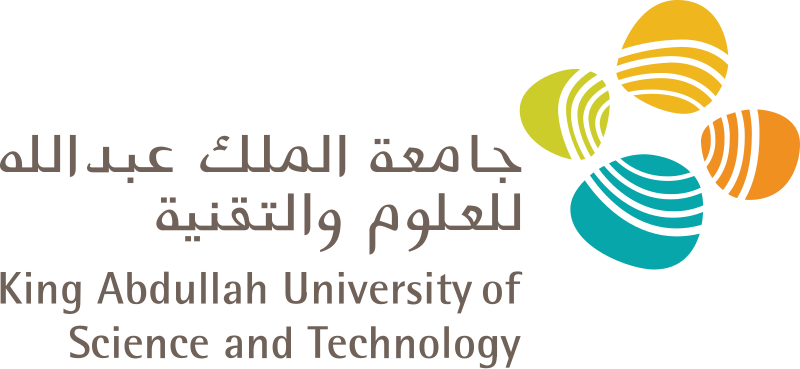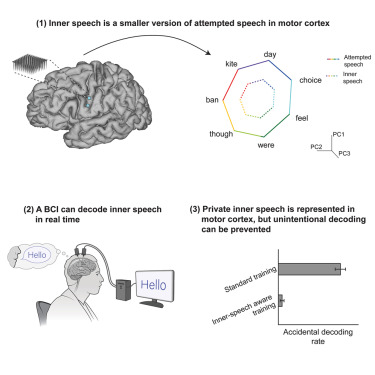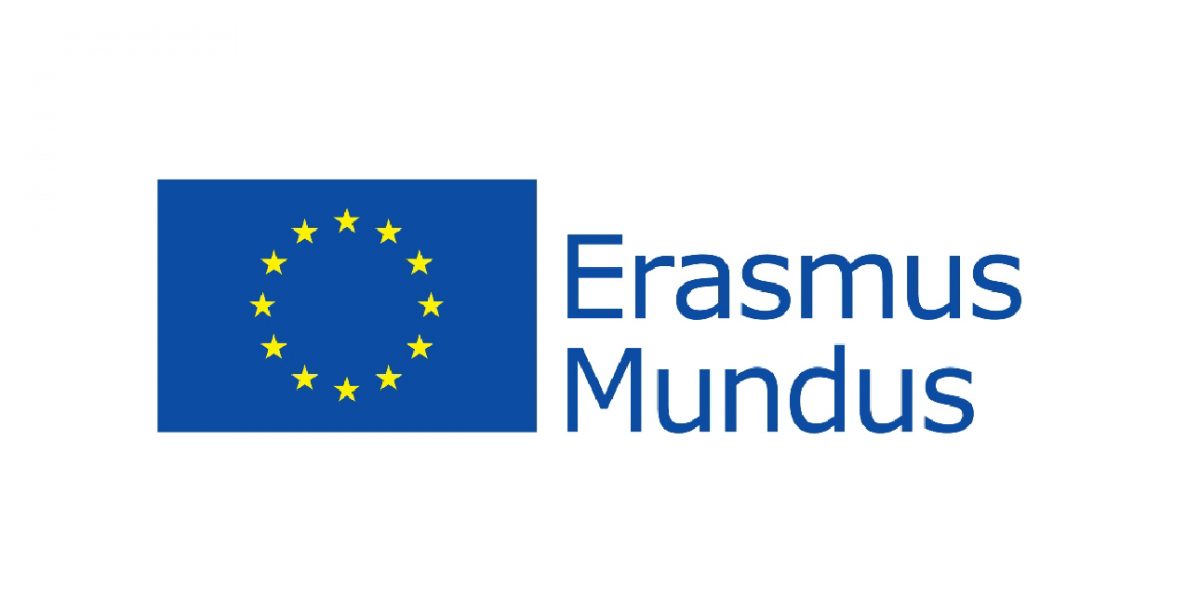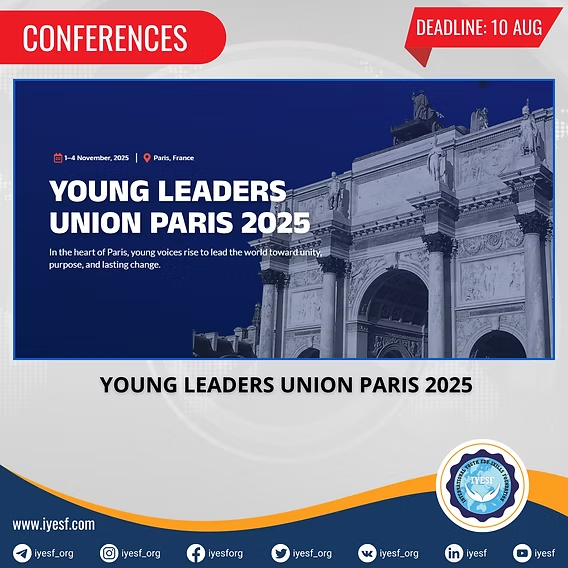
Applying to KAUST - Your Complete Guide for Masters & Ph.D. Programs (Upcoming Admissions)
Admissions Overview & Key Requirements

To speak, the brain’s motor cortex sends electrical signals to muscles in the lips, tongue, and throat. But in people with medical conditions, this pathway can break down: they can think of words but can’t articulate them. Researchers have developed a system that can read those brain signals directly and turn them into speech. Their brain-computer interface (BCI) technology can decode not only attempted speech but also inner speech while ensuring users stay in control.
The breakthrough, led by neuroscientist Frank Willett, PhD, an assistant professor of neurosurgery at Stanford, was published August 14 in Cell. It builds on years of work using BCIs to help people with speech impairments convert brain signals into words and sentences.
The system works by targeting the brain’s motor cortex, the region that normally sends commands to muscles responsible for speech. Tiny microelectrode arrays, each smaller than a baby aspirin, are implanted on the brain’s surface to capture patterns of neural activity. These signals are transmitted to a computer algorithm trained to recognize “phonemes” - the tiniest units of speech - and assemble them into sentences.
Earlier versions of this technology decoded attempted speech when a person silently tries to move their lips or tongue, even if their muscles no longer function. These signals are relatively strong and have allowed BCIs to achieve record-breaking accuracy in turning thought into text.
The new study goes further, asking whether a device could also decode inner speech. For people with paralysis, attempting to speak can be slow and fatiguing, and if the paralysis is partial, it can produce distracting sounds and breath control difficulties.
Testing four individuals with profound speech and motor impairments, the team found that inner speech produced clear and consistent patterns in the motor cortex, though smaller than those from attempted speech. This proof of concept, Willett said, gives hope that future systems could restore fluent, effortless communication for people who have lost their voice.
But decoding inner speech introduces a new challenge: privacy. If a BCI can read imagined words, could it accidentally capture thoughts a person never intended to share? Today’s systems lack the resolution to decode rapid, unconstrained inner monologue, so stray thoughts would mostly translate into gibberish. Still, the researchers are preparing for a future when decoding becomes more precise.
Their solution is to put control back in the user’s mind. Current BCIs are trained to ignore inner speech unless it meets the strong signal pattern of attempted speech. For next-generation systems, the team has developed a password-style safeguard. Decoding begins only when the user thinks of a specific, uncommon phrase, something unlikely to arise by accident, such as “Orange you glad I didn’t say banana.” This mental trigger acts as an on/off switch, ensuring that inner speech remains private unless the user explicitly activates the system.
Although these implants are still in early research stages and subject to strict regulatory oversight, improvements in hardware and wireless design are on the horizon. Future systems may read from more neurons and even tap into language-processing areas beyond the motor cortex to boost accuracy.
The story has been adopted by Stanford University.
Share

Applying to KAUST - Your Complete Guide for Masters & Ph.D. Programs (Upcoming Admissions)
Admissions Overview & Key Requirements

Erasmus Mundus Joint Master's 2026 (Upcoming Admissions)
Erasmus Mundus programs are scholarships available to students worldwide, offering fully-funded Master’s degrees to study in Europe!

Registration Opens for SAF 2025: International STEAM Azerbaijan Festival Welcomes Global Youth
The International STEAM Azerbaijan Festival (SAF) has officially opened registration for its 2025 edition!

KAIST International Graduate Admissions Spring 2026 in Korea (Fully Funded)
Applications are open for KAIST International Admissions for Master’s, Master’s-PhD Integrated, Ph.D., and Finance MBA

Young Leaders Union Conference 2025 in Paris (Fully Funded)
Join Global Changemakers in Paris! Fully Funded International Conference for Students, Professionals, and Social Leaders from All Nationalities and Fields

An mRNA cancer vaccine may offer long-term protection
A small clinical trial suggests the treatment could help keep pancreatic cancer from returning